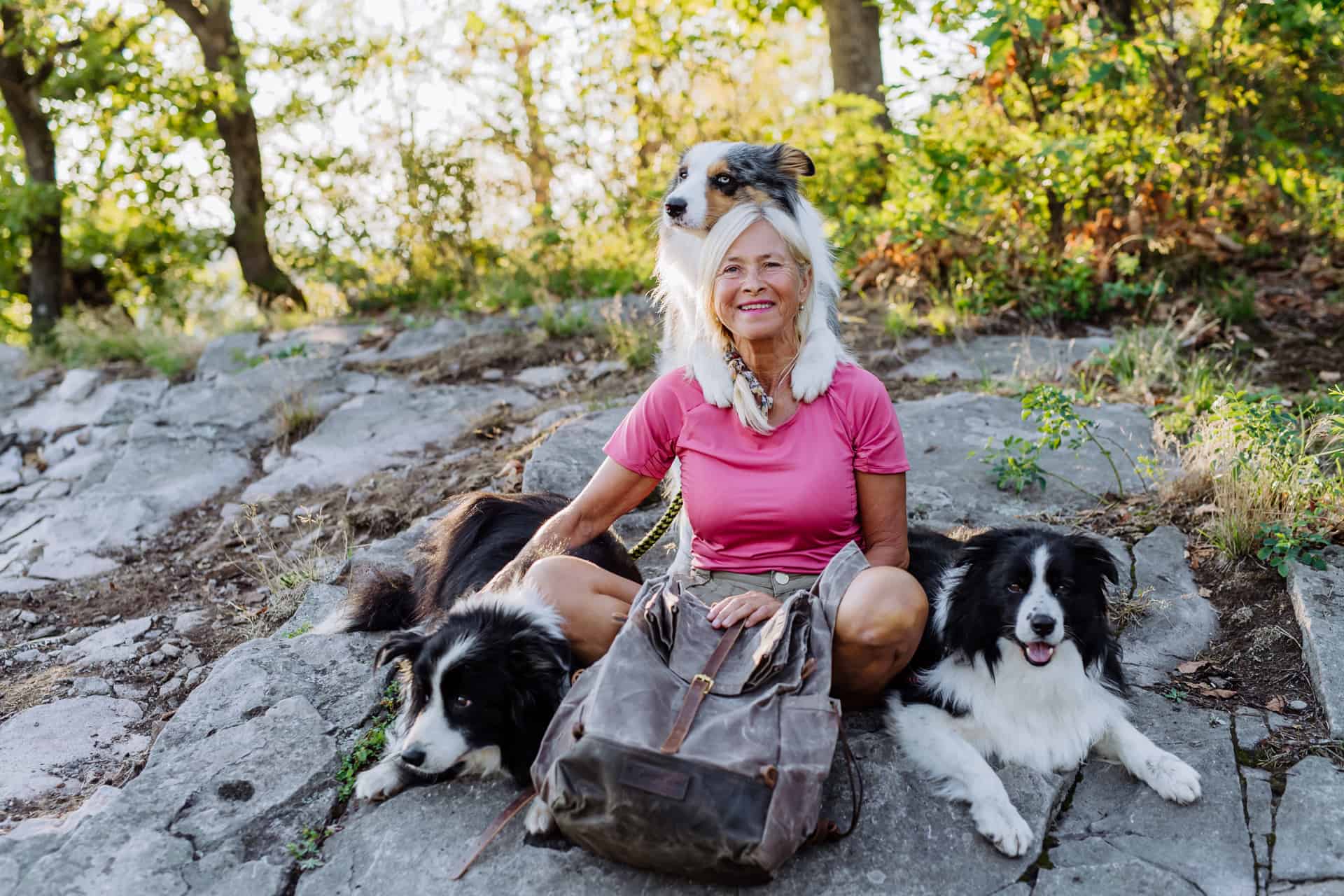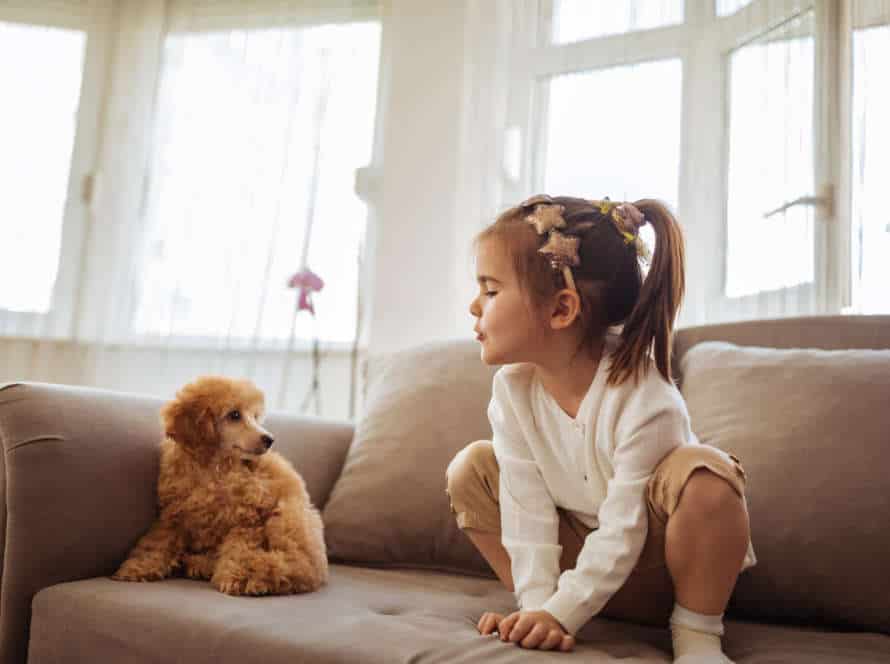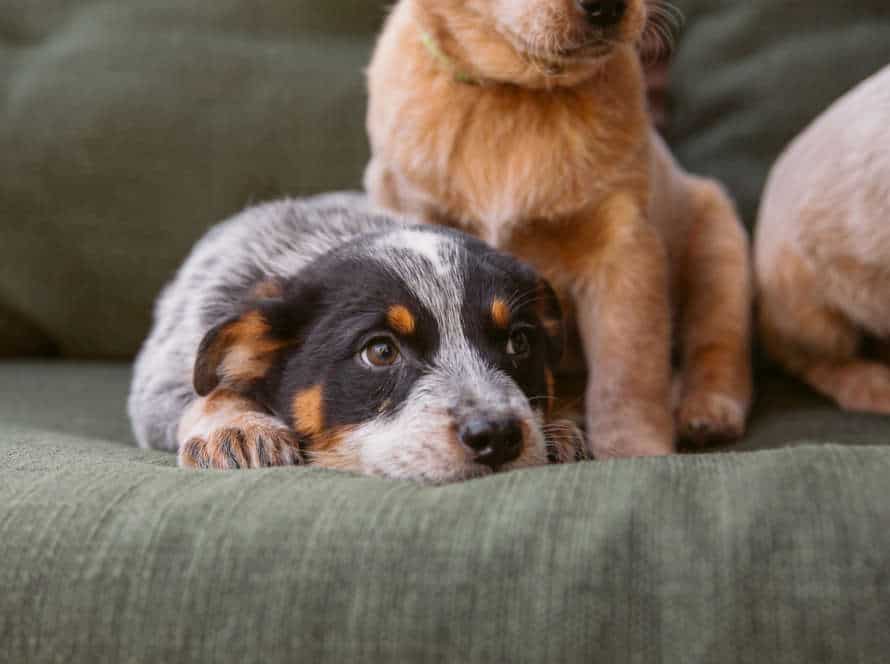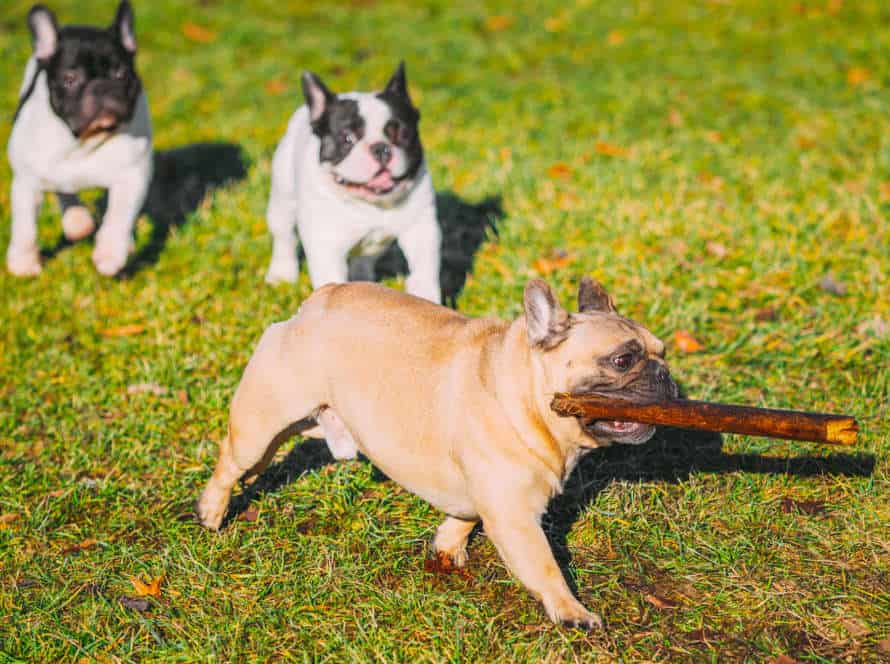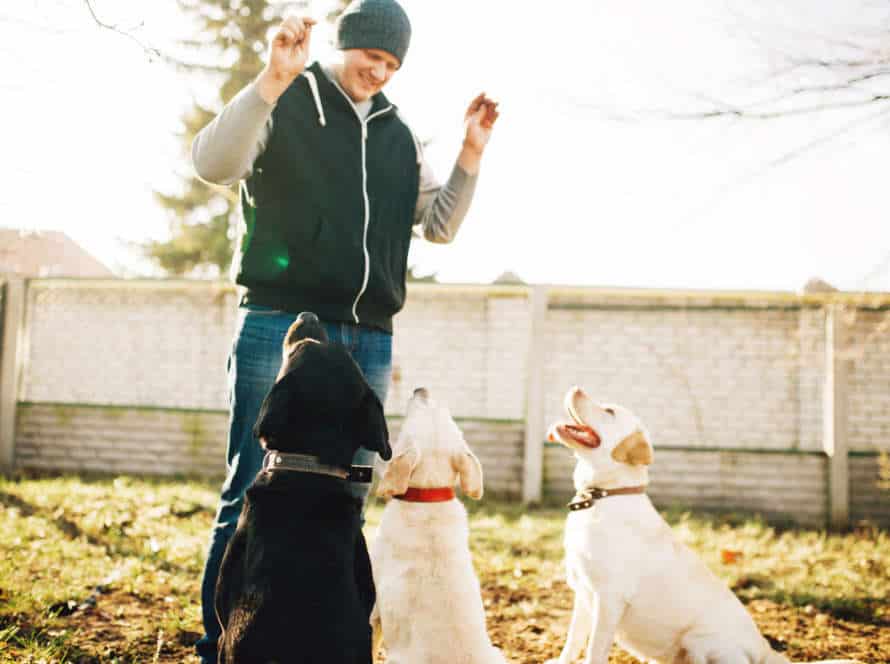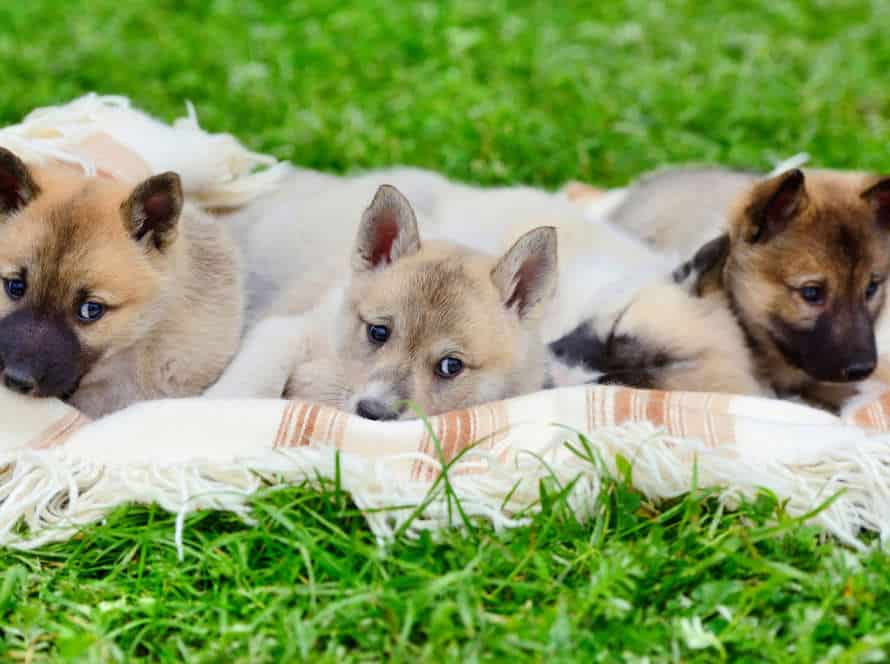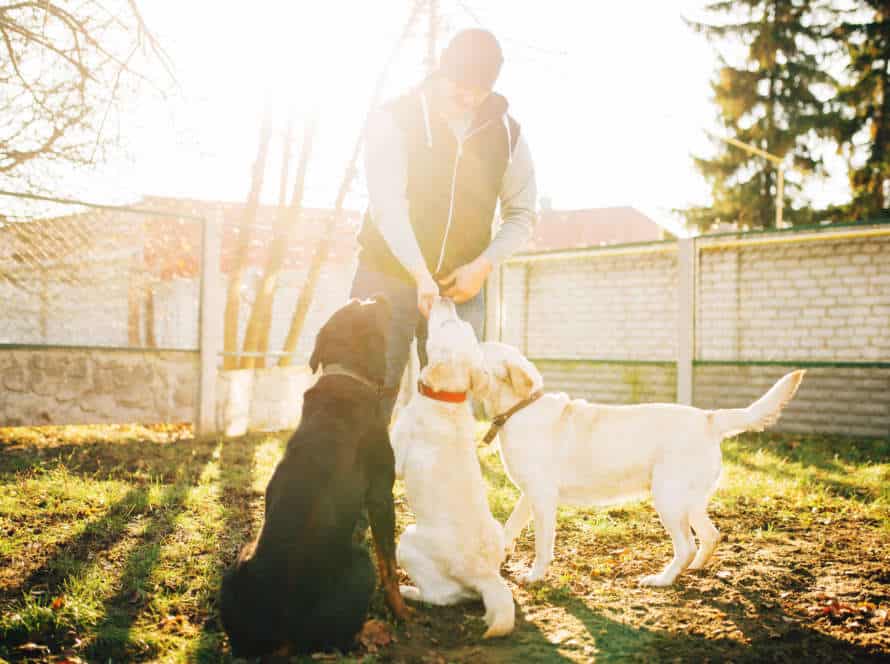Encouraging Good Behavior: Reinforcing Positive Dog Interactions
Dog interactions can be unpredictable, so reinforcing positive behavior is a must. Positive reinforcement is an efficient way to teach good behavior to dogs.
Treats are a great reward for a job well done. Give your pup a treat when they interact in a positive way with other dogs or people.
Also, don’t forget to praise and show some affection. Your pup will appreciate it and it’ll help reinforce their good behavior.
Be consistent with your rewards and positive reinforcement.
Remember, positive reinforcement and training are essential for a happy and healthy pup.
Understanding Positive Reinforcement Training
Positive Reinforcement Training is a great way to guide your pup’s behavior. The idea is to reward the desirable behaviors and ignore the undesired ones. This training involves rewards like treats and praises, to reinforce good behavior.
Let’s look into the specifics of Positive Reinforcement Training for dogs to get you going.
How dog behavior is shaped through positive reinforcement
Positive reinforcement is a training method that rewards good behavior in dogs. It involves giving rewards like treats, playtime, or verbal praise for desirable behavior. This helps shape their overall behavior, without physical punishment, which can damage the human-animal bond.
Benefits of positive reinforcement include:
- Building trust between the pet and owner.
- Mental stimulation of the dog, such as challenging them with new tasks, improving focus and confidence.
- Improving physical abilities of the dog, promoting well-being and health.
- Reducing the likelihood of behavioral issues, like aggression or fear.
Positive reinforcement trains your dog to learn, understand and obey you. This teaches them boundaries and acceptable behaviours, which enhances the relationship and creates calmness.
Benefits of using positive reinforcement training
Positive reinforcement training is a great way to encourage and reward good behavior in dogs. It has many advantages over negative reinforcement.
The key benefits of using positive reinforcement include:
- Trust: Positive reinforcement builds trust between a pet and its owner. It creates strong connections, resulting in a better relationship.
- No Fear: This method of training encourages learning without physical harm or psychological abuse. Rewards and praise are used instead, which is an encouraging way for the pet to learn.
- Emotional Stability: Dogs that are taught with positive reinforcement are less prone to anxiety, depression, and fear. They are more emotionally stable and healthy.
Positive reinforcement helps you teach your dog new commands and also creates a happy, stress-free training experience that encourages good behavior.
Different positive reinforcement training techniques to encourage good behavior
Positive reinforcement training is a great way to encourage good behavior in dogs. Here are some techniques to try:
- Clicker Training – This involves using a clicker to make a sound when your dog does something good. Then reward them with a treat or praise.
- Treat Training – Give your dog a reward for good behavior. Make sure to use healthy treats in moderation.
- Verbal Praise – Saying “good boy” or “good girl” when they do something right. Simple and effective!
- Playtime Rewards – Incorporate playtime into the training. It’s fun, gives exercise and mental stimulation.
Positive reinforcement techniques will help build a strong bond between you and your pet. Plus, they’ll learn good habits.
Techniques for Reinforcing Positive Behavior
Training dogs is essential for any dog owner. To foster a good relationship, reinforcing positive behavior is a must. Different techniques can be used to do this. Let’s discover how to use reinforcement properly to teach our furry pals good behaviors!
Clicker training- What is it and how to use it?
Clicker training is a great way to make your pup behave. It uses a clicker device to reinforce good behaviour. Here’s how it works:
- Pick a behaviour to encourage: like sitting or staying.
- Hold the clicker and give the dog a command.
- When they do it, click the device.
- Give them a treat or praise right after.
- Keep repeating this for consistent training.
Pro tip: It’s positive only – no punishment or harm. Consistency is key!
Reward-based training
Reward-based training is a way to encourage good behavior and discourage bad behavior in dogs. Here are some techniques for reinforcing positive dog interactions:
- Treat-based training: Giving treats for good behavior helps dogs associate it with something good. They’ll want to repeat the behavior to get the treat again.
- Clicker training: Use a clicker to make a sound when the dog does something good. Follow up with a reward. This helps the dog remember the sound and the behavior.
- Positive reinforcement: Reward good behavior with praise, playtime and affection. This builds a bond between pet and owner and encourages good behavior.
Reward-based training is a humane way to strengthen positive behavior in dogs. It leads to a happy, obedient pet!
Targeting and shaping to encourage positive behavior
Targeting and shaping are two methods which can be used to reinforce and boost good behaviour in dogs. Targeting involves teaching a pup to touch an item with a particular body part, like their nose or paw. This can be used to instruct dogs to do certain actions, such as lying down or sitting when asked. It can also be used to change unwanted behaviour, like chasing after stuff or jumping up on people.
Shaping involves rewarding a dog for behaviours that come closer and closer to the desired action, gradually forming their behaviour over time. This can be used to show complex tasks, like performing tricks or completing agility courses. By using these methods, owners can encourage positive interactions and behaviour with their pets, creating a stronger connection and a better relationship.
Teaching Dogs Proper Socialization Skills
Teaching pooches good socialization techniques is vital for making content, healthy, and balanced pets. Socializing your pup is the act of permitting them to come into contact and become relaxed around other creatures and humans. Teaching your dog how to chitchat with other dogs and people appropriately can help equip them for triumph in social gatherings. Here, we’ll discuss techniques for promoting positive exchanges and doings with your pup.
The importance of socialization
Socialization is key for dogs to learn how to act and interact with others in different places. Especially in their first 12 to 16 weeks of life, puppies learn best. Here are some tips to help teach good socialization:
- Introduce your pup to people, animals, and places in small steps and use positive reinforcement.
- Make sure your pup gets enough playtime and exercise to avoid aggressive or destructive behavior.
- Reward good behavior with treats, praise, and toys.
- If needed, use an expert dog trainer to help with any specific issues and for proper socialization.
Remember, socialization is a big part of raising a well-behaved and confident pup that can do well in social situations.
Socializing adult dogs
Socializing adult dogs is a must to keep their behavior in check. This includes when they’re in public places and homes. Good socialization skills help dogs feel at ease with other animals and people. Here’s how to teach your pup and reinforce positive dog-interactions:
- Positive Reinforcement – Give your pooch a reward when they’re with other animals, kids, or people without aggressive actions.
- Go Slow – Introduce your furry friend to strangers, animals, and new spots gradually. This helps them learn socialization skills.
- Consistency – Consistency is key, so set-up regular playdates with other dogs and owners.
- Training – Obedience training strengthens the bond between you and your pup, and helps them listen to commands even when there are distractions.
By following these steps, you can teach your adult dog the right socialization skills and encourage good behavior in many places.
Socializing puppies
Socializing puppies is essential for their growth and wellbeing. Early socialization lets them learn proper skills and encourages good behavior.
Here are some tips for socializing your pup:
- Begin early: Show your puppy different places, people, and animals from a young age. This helps them feel calm and secure in new environments.
- Use positive reinforcement: Offer treats or toys when your pup behaves well and interacts positively. This will help them link positive experiences with socialization.
- Schedule playdates: Introduce your puppy to canine pals of various ages, breeds, and sizes. This will help them interact with other dogs properly.
- Monitor interactions: Always supervise your pup’s interactions with others, to keep them safe and make sure they have positive experiences.
- Increase exposure gradually: Slowly expose your pup to new situations and places. Too much too soon can be stressful and reverse their socialization.
Socializing puppies takes patience, consistency, and determination. With the right socialization, your puppy will grow up as a content and confident adult dog.
Encouraging Positive Interactions with Other Dogs
Teaching a pup to be nice to other dogs is vital for good pet owners. With the right rewards and training, your pooch can learn how to act around other doggos. Here’s some tips to help reinforce good behavior when meeting other furry friends.
Introduction to off-leash play
Off-leash play can be a fun, enriching experience for your pooch. Here are some tips to make sure it’s positive:
- Observe your pup’s body language and behavior. Make sure they’re comfortable.
- Begin with short, supervised play sessions.
- Reward good behavior with treats or praise.
- Interrupt any negative behavior immediately.
- And don’t forget to bring a leash!
With patience and practice, off-leash play can be an enjoyable time for your furry friend.
Setting up playdates
Organizing playdates is a wonderful way to promote positive interactions with other pooches and reinforce good conduct. Here is what you must be aware of when arranging the perfect playdate for your pup:
- Choose a pup with a temperament and energy level similar to your own.
- Meet at a place that is neither yours nor their home, like a park or doggy cafe.
- Introduce the dogs slowly and keep an eye on them.
- Reward nice behaviour and change bad behaviour.
- Keep the play session short and end it on a good note.
With some practice, playdates can help socialize your dog, teach them manners and give them exercise and socialization. Pro tip- Make sure your pup has lots of toys and treats to make it a pleasant and enjoyable experience.
Encouraging appropriate play behavior
It is essential to have appropriate play behavior to ensure good interactions with other dogs. Here are some tips to promote good behavior and constructive dog interactions:
- Provide your dog with plentiful socialization chances to communicate with other dogs in a managed and monitored setting.
- Promote your dog to play gently and to respect other dogs’ limits, especially during intense play.
- Use positive reinforcement training tactics to reward good behavior, such as sitting quietly when greeting other dogs or moving back when another dog indicates signs of uneasiness.
- Keep away from using punishment-based training techniques which can form fear and stress in your dog, causing unfavourable interactions with other dogs.
By taking these steps, you can assist your dog in forming suitable play behavior and enjoy positive and rewarding interactions with other dogs.
Common Challenges and How to Overcome Them
Teaching and reinforcing good behavior in dogs can be a tricky task. Training them to interact with other pups and people can be especially challenging. It takes patience, understanding, and consistency. But, don’t worry – there are ways to conquer the common problems related to promoting good behavior in dogs. Let’s take a look at the most common issues and offer advice on how to overcome them.
Common dog behavior problems and how they can impact positive reinforcement
Training your dog can be tricky if it has any common behaviour problems. Here’s two common ones and what they mean for positive reinforcement:
- Jumping: Dogs may see jumping as a friendly thing, but it can lead to injuries or scaring people. Ignoring the dog and avoiding eye contact until it stops is the best way to discourage it. Praise or treats when it keeps all four paws on the ground will reward good behaviour.
- Digging: Dogs may dig due to prey, temperature, stress, anxiety or boredom. This can be dangerous and harm your yard. Try to redirect them, prevent them, and punish environmental triggers. Reward them when they obey.
Pro tip: Training your pup takes patience and effort. Understand their behaviour and you’re one step closer to making it a positive and rewarding experience!
Tips for overcoming training challenges
Training your pup can be tough. But, with these tips, you can tackle the common challenges dog owners face. Here’s how:
- Consistency: Make sure everyone interacting with your pup has the same training goals and uses the same commands and reinforcement techniques.
- Distractions: Start with a quiet spot and introduce distractions gradually. Keep sessions short and positive. End on a good note.
- Fear or anxiety: Use positive reinforcement to motivate good behavior. Never use physical punishment. If your pup is scared, talk to a trainer and make a plan.
- Bad behavior: Don’t reward bad behavior. Ignore it or switch your pup’s focus to something positive.
Be patient and set realistic expectations for your pup. They’ll do best with positive and consistent training.
Strategies for maintaining positive behavior and keeping training consistent
To improve communication and the bond between dogs and their owners, while encouraging good behavior, there are certain strategies to use. Here are some of the most effective:
- Consistent reinforcement – reward your pup for good behavior every time, not just sometimes.
- Positive reinforcement – give praise, attention, or treats when they do something right.
- Consistency in commands – make sure your dog knows what each cue means.
- Regular training sessions – keep them short, 5-10 mins daily, in a calm environment.
To make training more fun and successful, use your pup’s favorite toy or game as a reward. By sticking to these strategies, you’ll maintain positive behavior and consistency.
Frequently Asked Questions
1. What is positive reinforcement and how does it encourage good behavior in dogs?
Positive reinforcement is a technique used to encourage good behavior in dogs by rewarding them for performing positive actions. This can include verbal praise, treats, or toys that the dog enjoys. By using positive reinforcement, dogs are more likely to repeat these positive behaviors in the future, as they associate the behavior with the positive reward.
2. How can I reinforce positive interactions between my dog and other dogs?
One way to reinforce positive interactions between dogs is to use positive reinforcement techniques like treats and verbal praise to reward your dog when they display good behavior with other dogs. You can also use clicker training to mark and reward positive interactions as they occur.
3. What should I do if my dog displays negative behavior towards other dogs?
If your dog displays negative behavior towards other dogs, it is important to remove them from the situation immediately. This will prevent the negative behavior from escalating and causing harm to either dog. You will need to address the underlying cause of this negative behavior and work with a professional dog trainer to modify your dog’s behavior.
4. Can using positive reinforcement techniques lead to spoiling my dog?
Positive reinforcement techniques are designed to encourage and reward positive behaviors in your dog. While it is important to be mindful of over-indulging your dog with treats or other rewards, using positive reinforcement will not lead to spoiling your dog if applied appropriately and consistently.
5. How often should I reinforce positive behavior in my dog?
Reinforcing positive behavior should be consistent and ongoing. This means that every time your dog displays positive behavior, whether it’s at home or in public, you should provide positive reinforcement. Consistency is key to maintaining good behavior over time and can help solidify positive behavior patterns in your dog.
6. What are some common mistakes to avoid when using positive reinforcement techniques with my dog?
Some common mistakes to avoid when using positive reinforcement techniques include inconsistently rewarding positive behavior, using treats as a bribe rather than a reward, and only rewarding positive behavior when it is convenient for you. Additionally, it is important to be mindful of the specific rewards that your dog responds to and adjust your approach accordingly.

